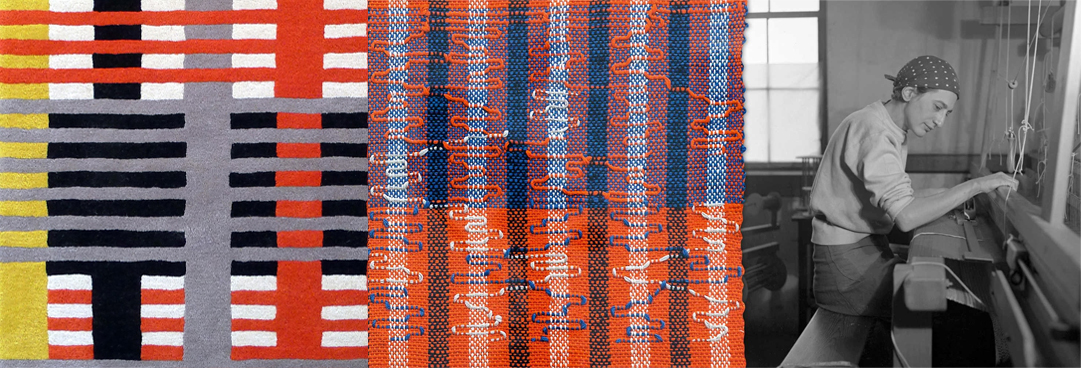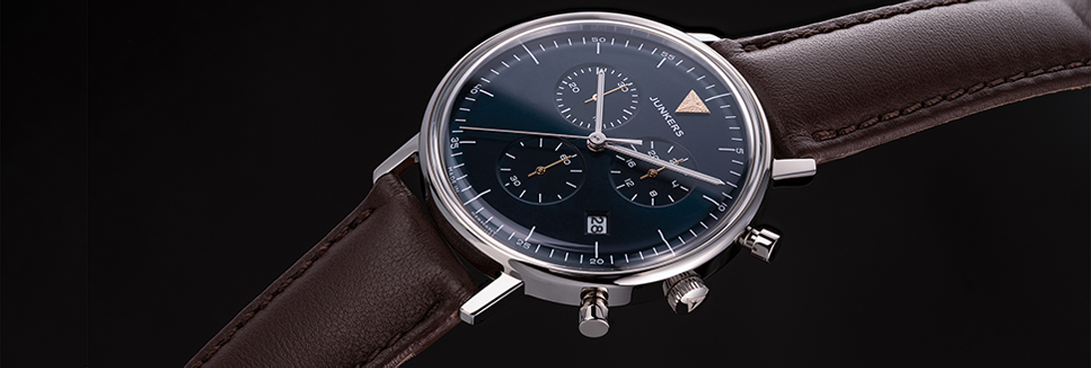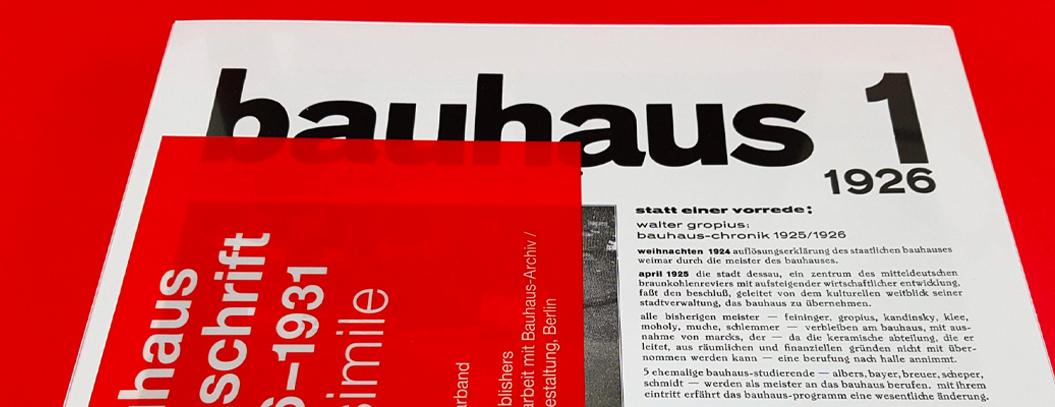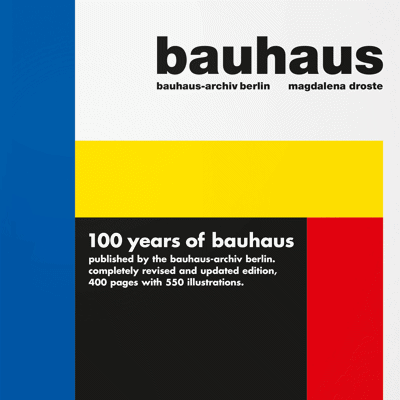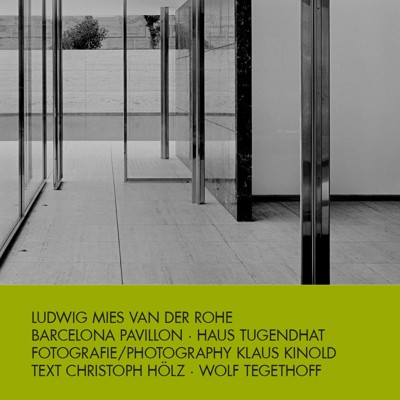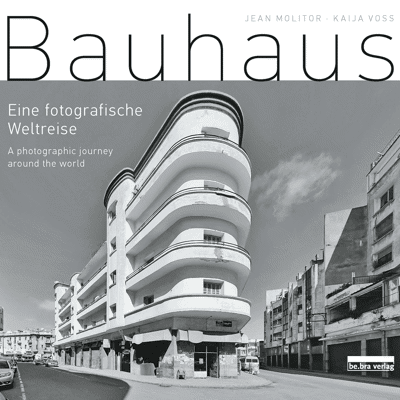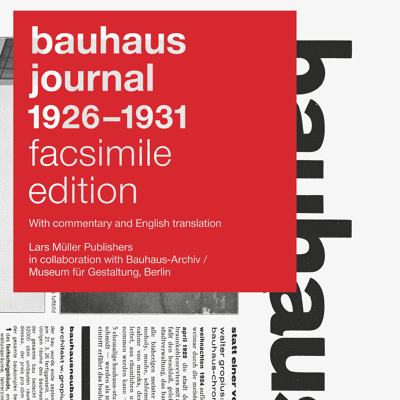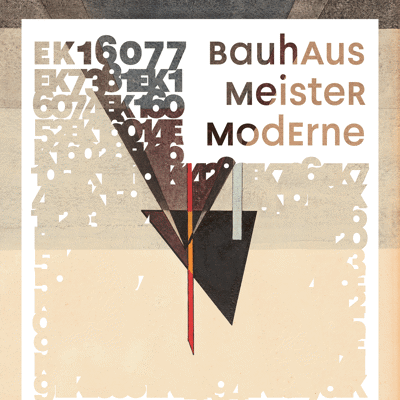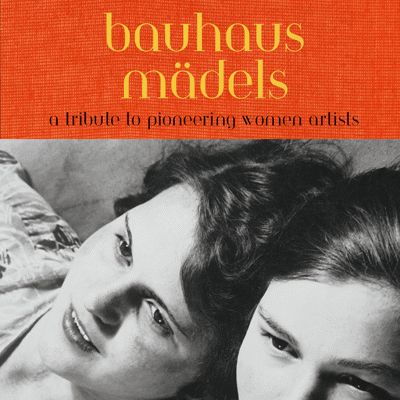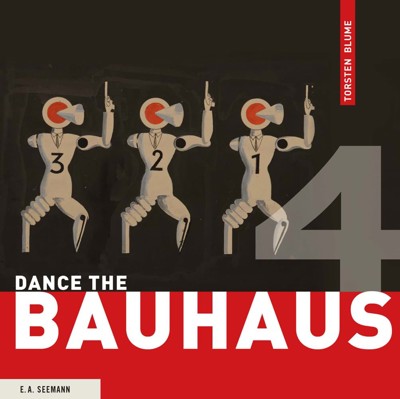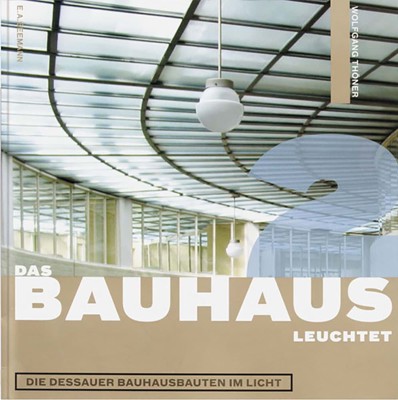Description
This book tells the story of the university for the first time from the point of view of the personalities who populated it and engaged with its ideas - its founders, students and lecturers, visitors, fans and critics. It tells of the hopes and visions of those involved, of how fascism shaped the people of the time, and of the difficulties of implementing their ideas in everyday life.
In 1953, Inge Scholl had founded the Ulm School of Design (HfG) together with the graphic designer Otl Aicher and the Bauhaus student Max Bill. In doing so, they drew on the ideas of the siblings Hans and Sophie Scholl, who were murdered by the National Socialists, as well as on the ideals of the Bauhaus, which closed in 1933.
At the HfG, people met who wanted to start something new, something of their own after fascism, who dreamed together of a life in freedom and with a basic democratic order. They saw the sensible and good design of the environment as a means of realizing the ideals of modernity. Since 1953, the Ulm University of Applied Sciences has developed into an internationally important training center for industrial design. It gave impulses for the design of our environment that continue to have an impact today.
Christiane Wachsmann is a journalist, architect and cultural scientist. After an apprenticeship as a carpenter, she studied architecture and design at the State Academy of Fine Arts in Stuttgart, then worked as a trainee at a daily newspaper and from 1989 to 1997 was responsible for setting up and managing the archive of the Ulm Academy of Design. Today she works there as a curator and publishes regularly on the HfG and our everyday culture, which has been shaped by industrialization.
Details:
14 x 21 cm
256 pages 40 illustrations
Hardcover



